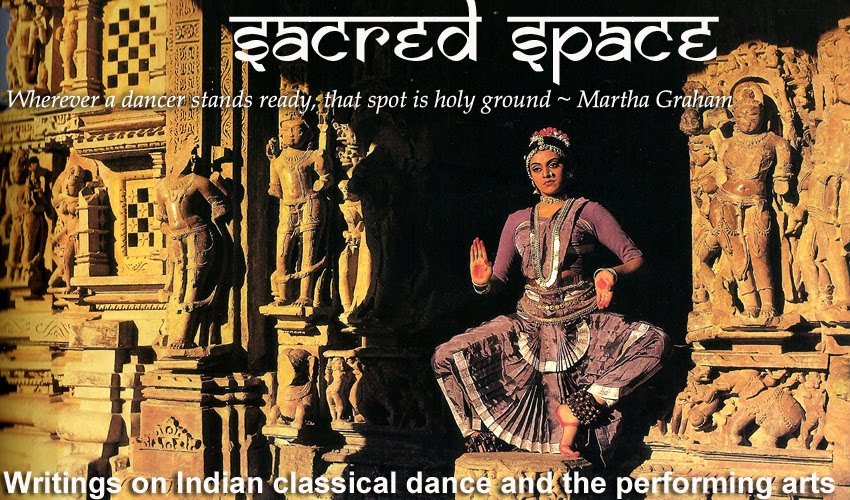 When we’re confronted with an abstract work of art, be it a painting, a sculpture or a dance performance, we often don’t know what to think of it. We don’t understand it. So often we don’t like it. This is because we tend to like what we know.
When we’re confronted with an abstract work of art, be it a painting, a sculpture or a dance performance, we often don’t know what to think of it. We don’t understand it. So often we don’t like it. This is because we tend to like what we know.When we’ve been conditioned to think or see things in a certain way, we find it a challenge to appreciate something we’re unfamiliar with. We feel we have to understand something in order to appreciate it. We tend to want to respond with our head rather than with our senses.
When we watch a classical dancer performing, we use a yardstick to measure the dancer’s technique, and another to appraise his or her skills in abhinaya, etc. But when watching contemporary dance, we have no yardstick – so we feel lost. We don’t know what to think, or how to evaluate what we’re seeing. (Image left: Kalpana Raghuraman in In Between Skin)
For this reason, the first step to appreciate contemporary dance is to have an open mind. Forget what you know. Don’t think. Feel. Ask yourself what you feel as you watch. Is it pleasant? Unpleasant? Do you feel excitement, boredom, disgust, amusement?
In contemporary dance there are often no expressions or abhinaya, no fancy costume or jewellery – this is because the dancer is simply an instrument for movement. It’s the movement that counts and not the dancer.
 It’s also important to consider the context of contemporary dance. Contemporary dance developed as a rebellion against the hierarchy and restrictions of classical dance. It is often a means of exploration, a way for choreographers to make discoveries about movement, about themselves, about life. More importantly, it’s about them finding their own voice.
It’s also important to consider the context of contemporary dance. Contemporary dance developed as a rebellion against the hierarchy and restrictions of classical dance. It is often a means of exploration, a way for choreographers to make discoveries about movement, about themselves, about life. More importantly, it’s about them finding their own voice.
I recently spoke to two dancers who trained in Indian classical dance but are now exploring contemporary dance. I asked them why they have moved to this dance form. Kalpana Raghuraman told me: “I am de-conditioning my body to let it find it’s own voice. I want to see what comes from myself.” Jayachandran Palazhy, Artistic Director of Attakkalari said: “Bharata Natyam is not related to my time and what I want to say. It relates to mythology. I want to find my own language to express what’s important to me in the present day and time.” (Image right: Jayachandran Palazhy in Purushartha - by CD Chitrak)
To understand contemporary dance, it also helps to understand where the choreographer is coming from and what they want to say. Read up on the choreographer, get the programme notes, go speak to him or her after the show and ask questions.
Finally, don’t just see one performance of contemporary dance and then give up. “The more we watch, the more we learn.” This is also true of contemporary dance. After you’ve seen several performances by different choreographers you will develop a yard stick to assess the dance – even though you may not understand it!
This article was published on www.narthaki.com in September 2009 following a week-long dance writing workshop organised by Narthaki in Chennai in July 2009.
Photos courtesy of Kalpana Raghuraman and Attakkalari.
Watch Chronotopia by Attakkalari:


No comments:
Post a Comment
Note: Only a member of this blog may post a comment.